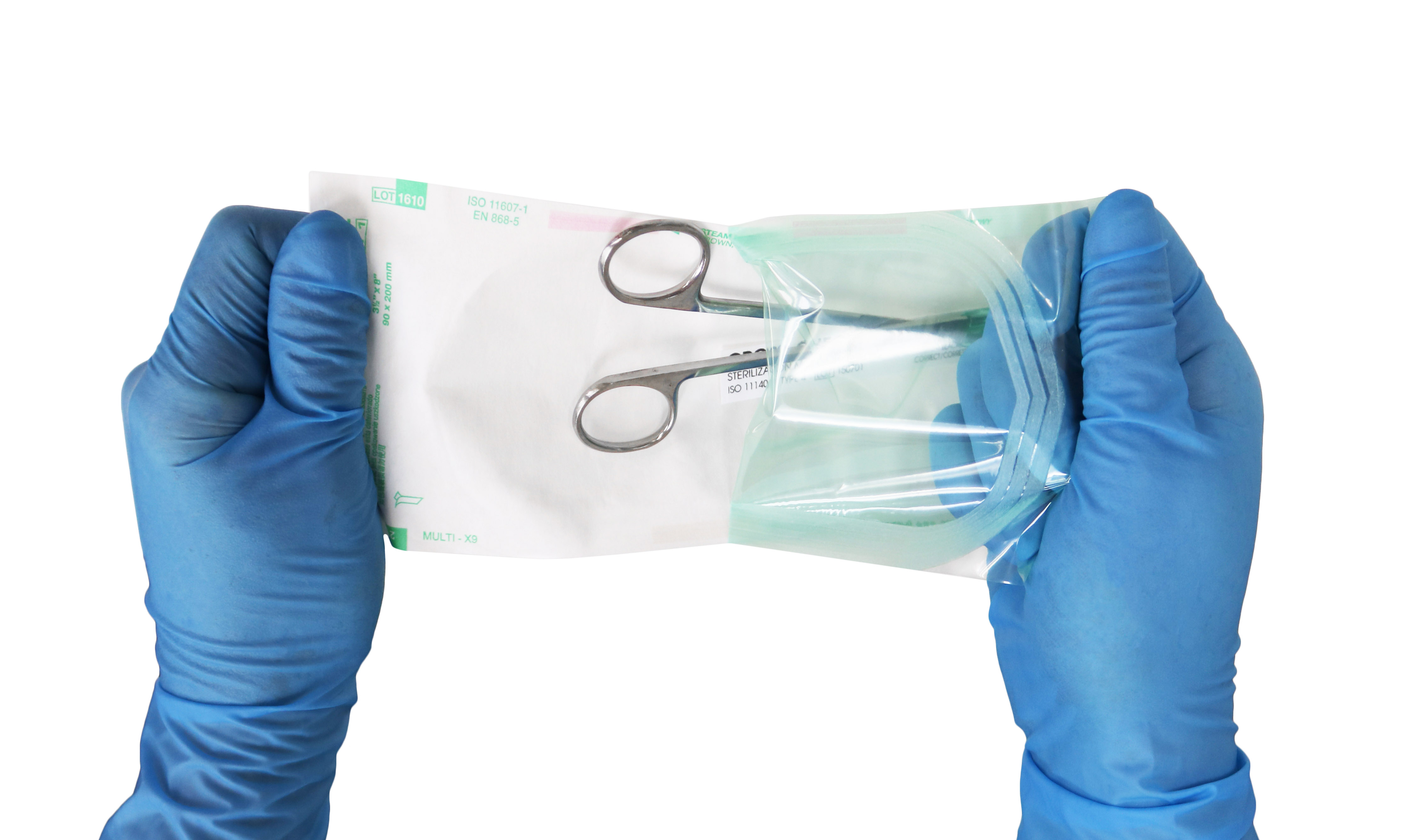INNOVATION IN THE CSSD – ISSUE NO. 144
March 1, 2012
Innovation in the CSSD :
I was visiting a local hospital last week, learning about their process in the Central Supply department and the type of tools they were using. I've been to many healthcare facilities in the area and I've never seen one of the products that they were using at this hospital. They were using an Adjustable Instrument Stringer.
Traditionally, stringers have been used primarily in the preparation of instruments inside of a tray for sterilization. These stringers usually are 2" - 3" in width. More recently, however, stringers are finding their way to the "dirty-side" of CSSD. AAMI stresses in ST79 section 7.5.6 addresses the importance of disassembly of multi-part instruments and the need to place all hinged instruments in an open state to ensure all surfaces are exposed for effective cleaning. Stringers used in decontam are typically 5" - 6" in width to maximize the openness of the instruments to the spray action of the washer.
These have been effective tools, but did create the need for double inventory of stringers - until recently. A new type of product was introduced to the healthcare industry that made surgical instrument reprocessing even more efficient, the "adjustable stringer." This new tool adjusts to the size of instruments for more effective cleaning of hard to reach areas containing bioburden, and can also be adjusted to the optimal width for placement of instruments inside a tray for terminal sterilization.
Proper reprocessing of surgical instruments is an ongoing challenge for Central Supply departments in healthcare facilities. CSSD professionals constantly look for ways to be more efficient and simplify the process of instrument cleansing and sterilization. The new Adjustable Instrument Stringer is one of the newest tools for effective instrument reprocessing.
HAVE A QUESTION?
WE ARE HERE TO HELP
Have a question about our products? Contact us today to speak directly to a Healthmark team member or shop our catalog now to request a inquiry


